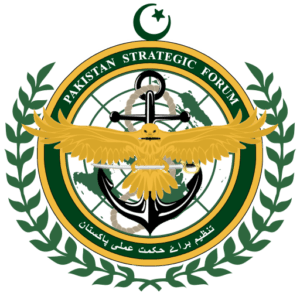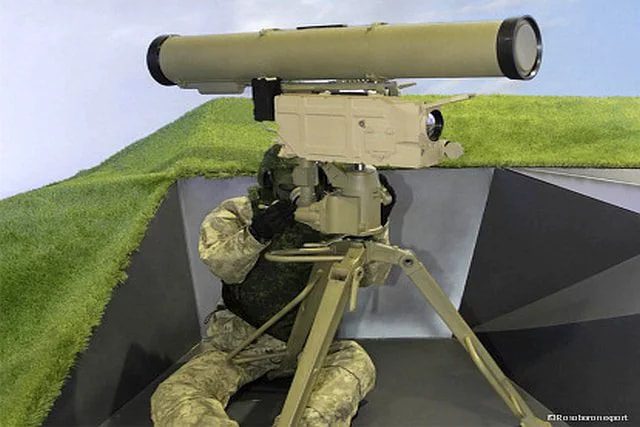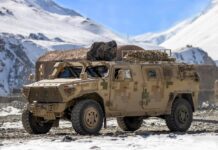The 9M133 Kornet (Russian: Корнет; “Cornet”, NATO reporting name AT-14 Spriggan, export designation Kornet-E) is a modern Russian man-portable anti-tank guided missile (ATGM) intended for use against main battle tanks. It was first introduced into service with the Russian Army in 1998.
The Kornet is among the most capable Russian ATGMs. It is not intended to fully replace previous systems, due to its high cost. The Kornet comes in variants with thermobaric warheads for use against soft targets. It was further developed into the 9M133 Kornet-EM, which has increased range, fire-and-forget capability, and an improved warhead.
It was first used combat in 2003 and has since been used in many conflicts.
During the 2003 invasion of Iraq, Kornets were used by some groups of Iraqi special forces to attack U.S. armored vehicles, disabling at least two Abrams tanks and one Bradley infantry fighting vehicle in the opening week of the war.
The second verified episode of the Kornet ATGM in combat use occurred during the 2006 Lebanon War, where the missiles, reportedly supplied by Syria, were used by Hezbollah fighters to destroy up to four Israeli Merkava tanks. Kornets pierced the armor of 24 tanks in total.
The speed of this missile ranges from 250 m/s to 320 m/s depending upon the variant and its range is 100 m to 5500 m and the latest version has range from 150 m to 10000 m. It carries a warhead of 7 Kg to 10 Kg depending upon the variant in question.
The Kornet has been widely exported and is produced under license in several countries. Many users around the globe possess this weapon including India, Iran, KSA, Turkey, Qatar, UAE, and Pakistan as well. Pakistan ordered Kornet-E anti-tank guided missiles (ATGM) for $62.46 million US. Pakistan ordered 52 launchers with hundreds of Kornet-E ATGMs missiles.
Pakistan is focused on innovating its defense arsenal and securing itself against the possibility of a tank invasion. The Pakistan Army has always kept an element of surprise, even during the age when it was one of the least developed armies across the world. Soon after World War II, the Pakistan Army fought the largest tank battle at Chawinda, in 1965, which is remembered as the Graveyard of Indian Tanks.







